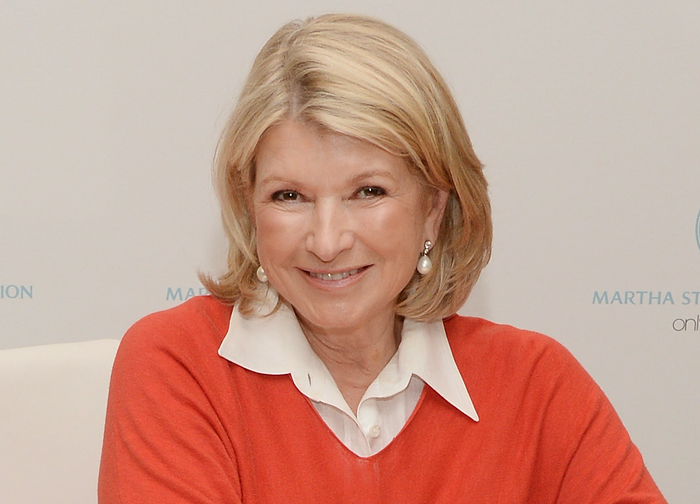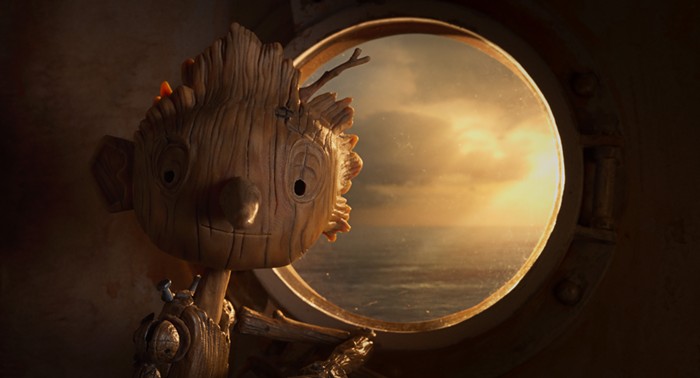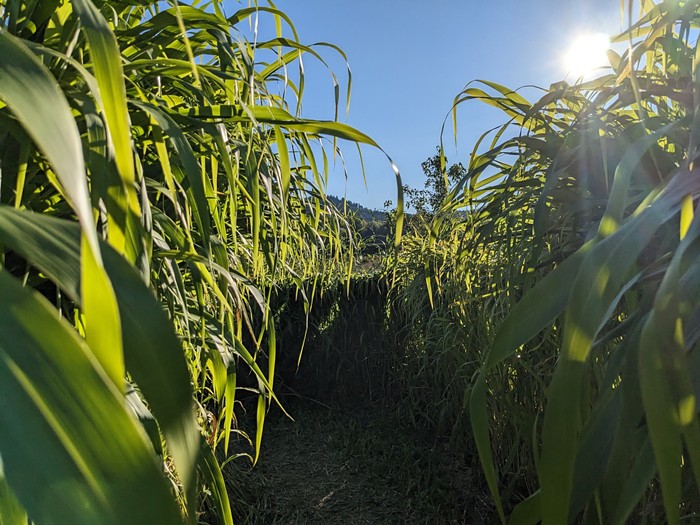It's a little off the beaten path, but the vaguely titled History & Identity at Clackamas Community College is worth the drive. Showcasing four artists' interpretations of how experience and memory have shaped them, the show's conceit seems a little flimsy, but the work on display is still strong. The self-taught painter Eduardo Fernandez presents a series of slight canvases that lovingly depict images from his childhood: an archaic joystick, wooden toy boats, a '56 Ford station wagon, and so on. John Holdeman's painted wood assemblages evoke the illustrations of children's books. And Misia Pitkin stitched thread into paper, creating map-like grids that illustrate how water intersects with urban spaces here and in Seattle, where she moved after living in Portland for 23 years.
But the highlight of the show are the five pieces from artist Holly Andres' series of photographs Stories from a Short Street, which were on display at Ogle Gallery earlier this year. The series captures moments in the lives of seven siblings (three brothers, four sisters), which seethe with rich, vibrant color and project a profound tone of isolation. The photographs are elusive in terms of narrative, but all the loose ends are intriguing. Throughout, the children's parents are conspicuously absent, and the setting seems to take place in some indeterminate, but nostalgic past. The children all appear preoccupied and wear blank, mask-like expressions. There is clearly some ominous and alienating threat affecting all of the children, but what it is, exactly, is hard to pin down.
As the children pack up a station wagon with suitcases in "Austin," is the family simply relocating or disintegrating from an implied divorce? Or are these children simply suffering through the awkwardness of growing up? This seems to be the case in "Ashley," as a teenage girl peers into a hand mirror with a pink towel wrapped around her head.
The elaborately staged works in Stories from a Short Street succeed on a strictly aesthetic level. But Andres, who will be featured in this summer's Oregon Biennial at the Portland Art Museum, also uses these glossy images to communicate some unsettling emotional truth.












